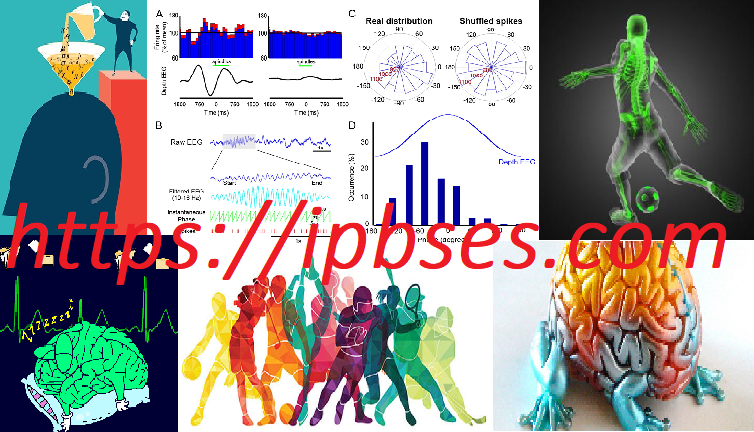پژوهشگران دانشگاه مونترال، دانشگاه مک گیل، دانشگاه اتاوا کانادا و دانشگاه سوربون فرانسه در پژوهشی به بررسی مبنای مغزی و عصبی تحکیم حافظه حرکتی در خواب افراد بزرگسال پرداختند.
??? روش
در این پژوهش آزمایشی، ۱۳ داوطلب بزرگسال سالم با میانگین سنی ۲۴ سال و ۱۴ داوطلب بزرگسال سالم با میانگین سنی ۶۲ سال شرکت نمودند. تکالیف حافظه روندی و حافظه حرکتی شامل ضربه با انگشت بود. امواج مغزی توسط سیستم EEG با ۱۶ کانال فعال و نرخ نمونه ۵۰۰ ثبت شدند. همچنین MRI با شدت میدان ۳ تسلا از شرکت کنندگان به عمل آمد.
???نتایج پژوهش نشان دادند:
- دوکهای خواب تالاموسی-قشری در مرحله دو خواب non-REM تاثیر مهمی در تحکیم حافظه حرکتی بزرگسالان دارند.
- تغییرات بعد از یادگیری در دوکهای خواب تالاموسی-قشری مرتبط با ماده سفید رشتههای عصبی تالاموسی-قشری هستند.
- ریزساختارهای رشتههای عصبی تالاموسی-قشری با افزایش چگالی دوکها در نواحی قشری حرکتی، به طور غیر مستقیم در افزایش عملکرد حرکتی افراد نقش دارند.
- یک وهله خواب ۹۰ دقیقهای بعد از تمرینات حرکتی کمک بسیار زیادی به بهبود یادگیری و تحکیم حافظه حرکتی در افراد میشود.
- در افرادی که تمرینات ورزشی دارند، میتوان با ادغام برنامه های خواب تنظیم شده پس از تمرینات یادگیری حرکتی، مدت زمان لازم برای فراگیری و افزایش عملکرد آنها را به میزان زیادی کاهش داد.
Thalamo-Cortical White Matter Underlies Motor Memory Consolidation via Modulation of Sleep Spindles in Young and Older Adults
Abstract
Ample evidence suggests that consolidation of the memory trace associated with a newly acquired motor sequence is supported by thalamo-cortical spindle activity during subsequent sleep, as well as functional changes in a distributed cortico-striatal network.
To date, however, no studies have investigated whether the structural white matter connections between these regions affect motor sequence memory consolidation in relation with sleep spindles.
Here, we used diffusion weighted imaging (DWI) tractography to reconstruct the major fascicles of the cortico-striato-pallido-thalamo-cortical loop in both young and older participants who were trained on an explicit finger sequence learning task before and after a daytime nap.
Thereby, this allowed us to examine whether post-learning sleep spindles measured using polysomnographic recordings interact with consolidation processes and this specific neural network.
Our findings provide evidence corroborating the critical role of NREM2 thalamo-cortical sleep spindles in motor sequence memory consolidation, and show that the post-learning changes in these neurophysiological events relate specifically to white matter characteristics in thalamo-cortical fascicles.
Moreover, we demonstrate that microstructure along this fascicle relates indirectly to offline gains in performance through an increase of spindle density over motor-related cortical areas.
These results suggest that the integrity of thalamo-cortical projections, via their impact on sleep spindle generation, may represent one of the critical mechanisms modulating the expression of sleep-dependent offline gains following motor sequence learning in healthy adults.
Key words
motor learning, consolidation, sleep, aging, white matter, tractography.
لینک منبع پیشنهادی برای مطالعه بیشتر  (further reading)
(further reading)



TELEGRAM:
https://t.me/DrAmirMohammadShahsavarani
INSTAGRAM:






